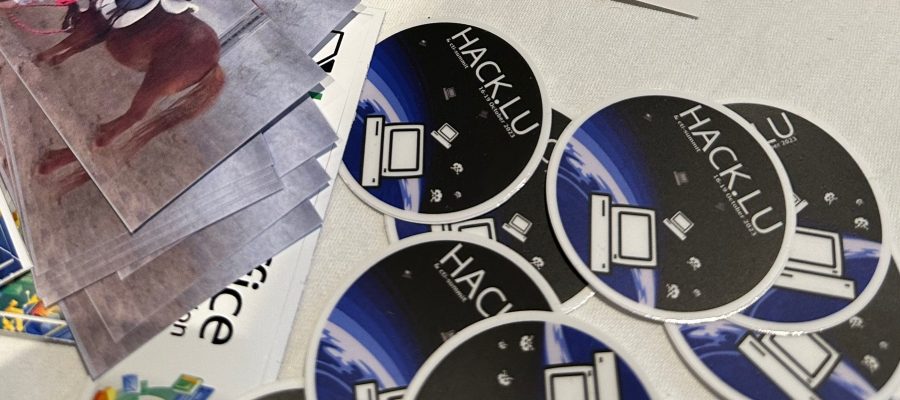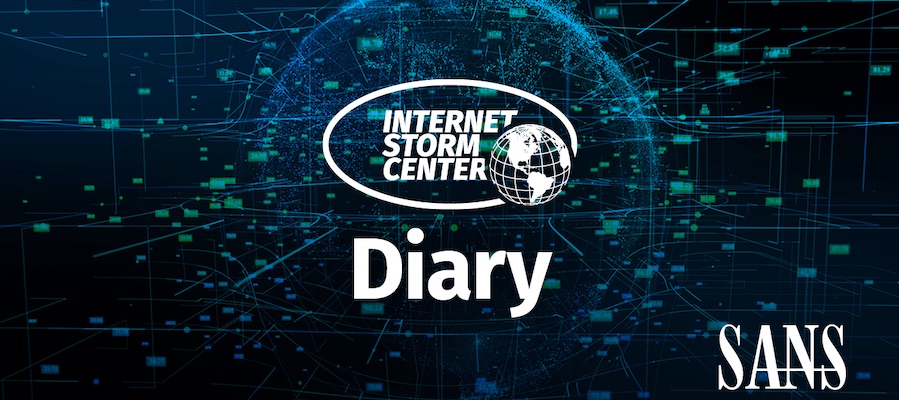[Edit: Sorry for the “bullet-point” style, it was a lot of details to compile in this blog post] We were back at the Alvisse Parc Hotel after a break of four years! In 2022, only a light CTI summit was organized (see my wrap-up), but this year, hack.lu was back

